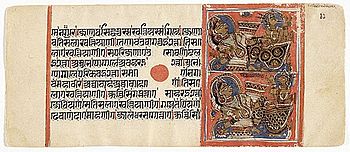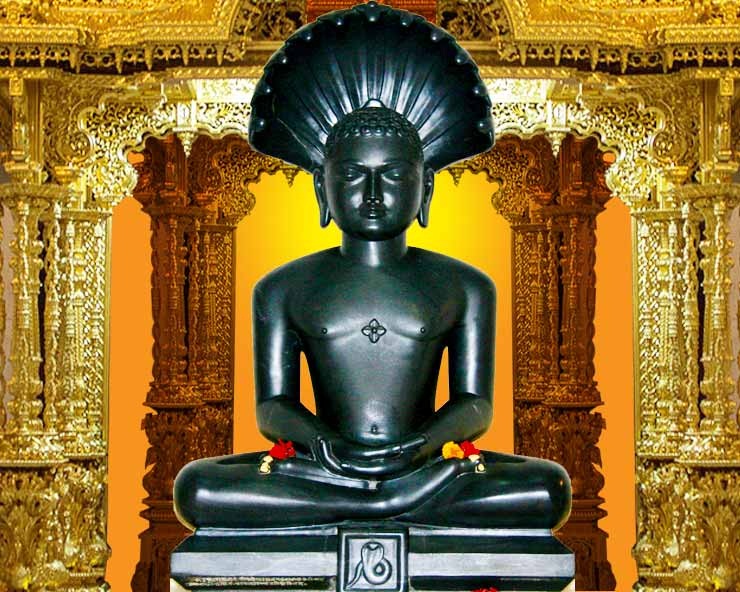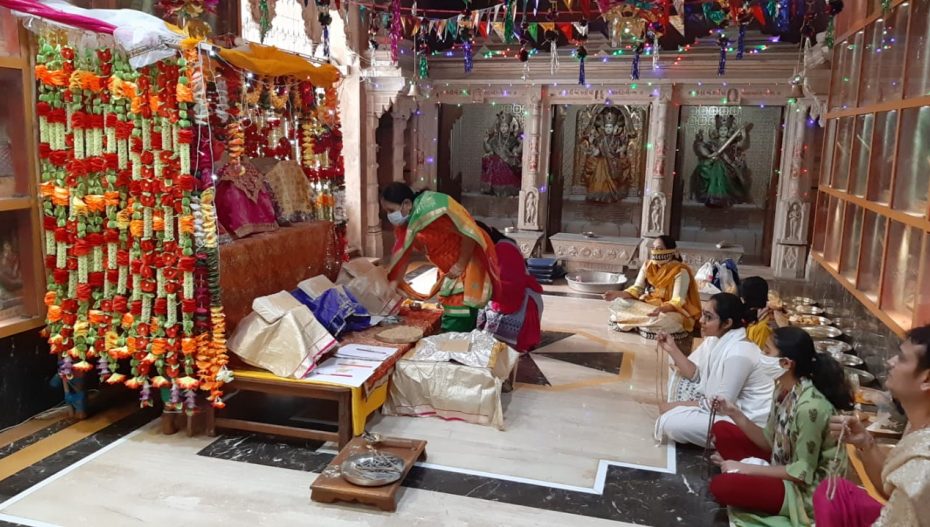Celebrated on the fifth day after Diwali “Gyan Panchami” is also known as ” Laabh paacham”,” is one of the most important of all Jain festivals. Special poojas are performed in homes. It is a day of worship exclusively for honouring knowledge and holy books. Holy books preserved in religious libraries are worshipped. Prayers are offered to seek the right knowledge.

Rituals involving writing, for example, Notebooks and pens are carried out and these are sometimes distributed among common people. On this day, many take a vow to do a fast every month on the fifth day of the fortnight of the waxing moon for continuous five years and five months.Besides the granths, ancient Jain idols and scriptures written in gold ink were among ancient artifacts kept for darshan.

On this occasion, Kalpasutra carved on seashell by an Odiya artist, and 45 Aagam Chhod inked with gold were on display for the Jain devotees on the auspicious occasion of Gnan Panchami for Aagam Puja at Guru Ram Pavan Bhumi at Pal, Surat.
Arranged by Surat Gachchhadhipati Acharya Abhaydevsurishwarji Maharaj, the decade old Aagam Chhod display were hand written in gold ink by a Muslim artist from Surendranagar. The estimated market value of the invaluable religious scripture is about Rs. 5 crores.
Other religious artefacts on display include woodprint of Saraswati Devi, Goddess of learning and wisdom made by a Rajasthani artist. There is also idol of Parshwanath Swami made from a single wood trunk and Ashtalakshmi made from Shreeparn wood.
In Ahmedabad also, the world-famous LD Museum is holding precious Jain artefacts. The Muni Punyavijayaji Collection houses the finest collection of paintings in the Gujarati Jaina styles. The Jaina pilgrimage paintings on cloth dated around 433 CE from Champaner is the earliest example of such a painting. Vijnaptipatra, painted in Agra by Ustad Salivahana in 1610, which refers to Jahangir’s farman prohibiting animal sacrifices during the Jaina festival of Paryusana is housed in this collection.













